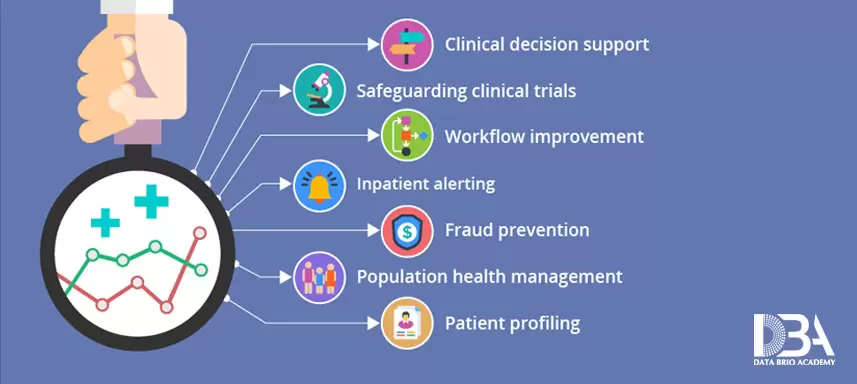This article has been contributed by our guest writer Nicholas Filler. Nicholas lives in Idaho, US and has deep interests in technology, education, and medicine. He is currently working on game theory and design. He enjoys spending his days outside, skiing during the winter, and learning about engineering concepts.
With new innovations entering the medical field like the Apple ResearchKit, large data is becoming something that is much more manageable, but there are a variety of obstacles to still overcome. Many practices are attempting to start filing digitally and once again the problem of sorting through large volume health data is a looming issue. There is hope on the horizon, and it’s coming in the form of open-source software languages designed to handle this exact dilemma.
Open-source languages are not something new and have actually been around for quite some time. Open Source software is defined as “any program whose source code is made available for use or modification as users or other developers see fit.” This allows for a variety of applications when it comes to medical use, and there are specific languages that could allow sifting through large data much easier than reading one excel sheet at a time. One language comes to mind, and that language is known as “R”.
Using R for analyzing large volume health data
According to r-project.org “R is an integrated suite of software facilities for data manipulation, calculation, and graphical display”. It includes :
- an effective data handling and storage facility,
- a suite of operators for calculations or arrays, in particular, matrices,
- a large, coherent, integrated collection of intermediate tools for data analysis,
- graphical facilities for data analysis and display either on-screen or on hardcopy, and
- a well-developed, simple and effective programming language which includes conditionals, loops, user-defined recursive functions and input, and output facilities.” As you can tell these types of languages are designed to tackle large amounts of data.
This type of data can be helpful in a variety of ways, and the benefits within the medical field are quite interesting. Health informatics, in particular, could greatly benefit from this type of technology. Considering that this field uses technology to gather information regarding patient health and other various statistics, implementation with open source programming languages could greatly improve the statistical data that is being generated.
According to an article from Dr. Victoria Wangia from the University of Cincinnati “Understanding factors that influence the use of an implemented public health information system such as immunization registry is of great importance to those implementing the system and those interested in the positive impact of using the technology for positive public health outcomes.” This type of data doesn’t necessarily have to be geared directly towards doctors or those with a medical degree. It has far greater implementations and could be used in the public sector as well.
Information like this could be used to map out a variety of interesting statistics that would benefit not only medical professionals but curious individuals as well. Considering the article above mentions immunization, it would be incredibly interesting to view mapped out areas or locations within cities that are up to date on their treatments or view the ones that are falling behind. This would be helpful for parents trying to find a new school or looking to buy a house in regards to their children. This type of software doesn’t necessarily have to be tied to the medical field, but that’s where the focus should remain.
On that note, with the transition of medical records moving into the digital realm, patient information is now much easier to map and analyze using this software. There is some great information from the University of Ohio that discusses implementing electronic health records more in-depth. Implementing information correctly regarding electronic health records could greatly improve the way in which we can compile important information regarding patient health. Doing this now could be a complete game-changer in the way we view large data in the medical field.
Other Options for analyzing Large volume health data
Although R is a great resource and tool, there are other options to consider as well. Platforms like OpenEMR that are designed to handle electronic medical data and practice management have a great database and community designed to improve this open-source software. OpenEMR is ONC certified, another great site seems to be OpenMRS, who are aspiring to create a global network of people who are centered around the open-source medical platform. Another great site for up to date information regarding data analytics is datasciencefoundation.org, which will have very interesting radio broadcasts regarding this type of subject. These are just a few of the possibilities when looking at medical records and dealing with large volume health data.
Hopefully, as time continues, new and interesting solutions will continue to reshape the medical data field. Open-source languages such as R will ideally become a leading force in the way we analyze these new and endless sheets.

